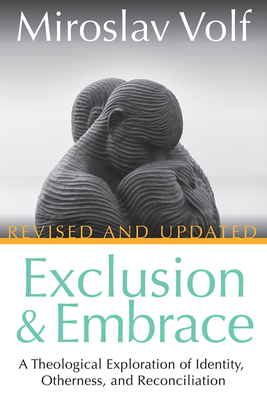What do you think?
Rate this book


336 pages, Paperback
First published December 1, 1996
the most basic thought that it [the metaphor of embrace] seeks to express is important: the will to give ourselves to others and “welcome” them, to readjust our identities to make space for them, is prior to any judgment about others, except that of identifying them in their humanity. The will to embrace precedes any “truth” about others and any construction of their “justice.” This will is absolutely indiscriminate and strictly immutable; it transcends the moral mapping of the social world into “good” and “evil”
Nietzsche underscored the connection between the self-perceived “goodness” of Jesus’ enemeies and their pursuit of his death; crucifixion was a deed of “the good and just,” not of the wicked, as we might have thought. “The good and just” could not understand Jesus because their spirit was “imprisoned in their good conscience” and they crucified him because they construed as evil his rejection of their notions of good (61)
At the core of the Christian faith lies the persuasion that the “others” need not be perceived as innocent in order to be loved, but ought to be embraced even when they are perceived as wrongdoers. As I read it, the story of the cross is about God who desires to embrace precisely the “sons and daughters of hell.” (85).
The four structural elements in the movement of embrace are opening the arms, waiting, closing the arms, and opening them again. For embrace to happen, all four must be there and they must follow one another on an unbroken timeline; stopping with the first two (opening the arms and waiting) would abort the embrace, and stopping with the third (closing the arms) would pervert it from an act of love to an act of oppression and, paradoxically, exclusion. The four elements are then the four essential steps of an integrated movement. (141)